When it comes to industrial tooling and machining applications, carbide rods are indispensable. Their pricing, however, can seem like a maze of complexity. From the raw materials to the manufacturing process, several factors influence the cost. If you’re diving into the world of carbide rods, you’re in the right place. Let’s break this down and explore everything about carbide rod pricing, including specifications, applications, and how to make the best choice for your needs.
Understanding Carbide Rods and Their Applications
What Are Carbide Rods?
Carbide rods are cylindrical tools made from tungsten carbide powder mixed with a binder like cobalt. These materials are sintered under high heat and pressure, creating a hard, durable product with excellent wear resistance. You’ll find carbide rods in industries like aerospace, automotive, and manufacturing for tasks like drilling, cutting, and milling.
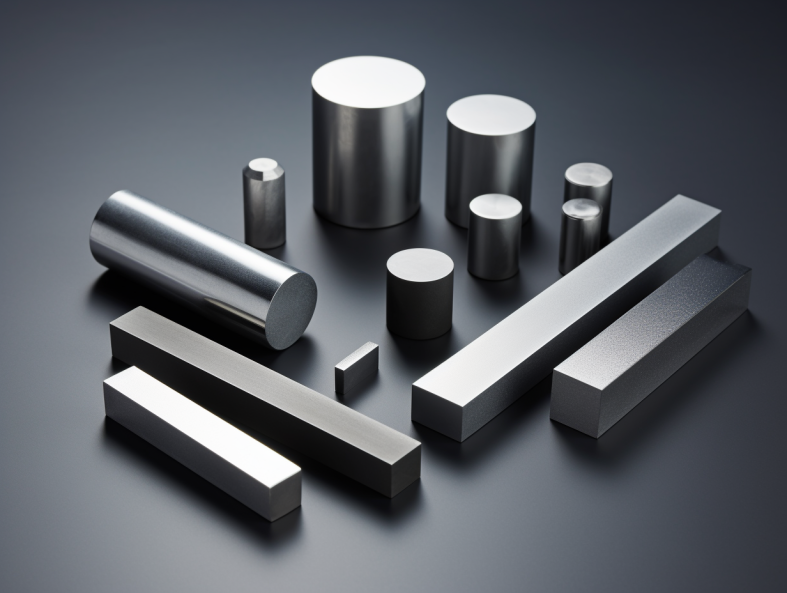
Key Factors Influencing Carbide Rod Pricing
Raw Material Composition
The composition of carbide rods plays a significant role in their pricing. Tungsten carbide, the main component, is a rare and expensive material. Adding cobalt, titanium carbide, or other binders increases the cost further.
| Material | Composition (%) | Cost Contribution |
|---|---|---|
| Tungsten Carbide | 85-95 | High |
| Cobalt (Binder) | 5-10 | Medium |
| Titanium Carbide | 1-3 | Low |
Production Process Flow
The production process is another major cost driver. Here’s a simplified breakdown:
- Powder Preparation: Raw tungsten carbide is mixed with cobalt.
- Pressing: The mixture is compacted into a rod shape.
- Sintering: High-temperature sintering creates a dense, strong material.
- Finishing: Polishing and coating the rod enhance its performance.
Each of these steps requires precision and specialized equipment, adding to the final cost.
Carbide Rod Applications and Cost Dynamics
Carbide rods are used in several industries, each with unique pricing demands:
| Application | Specific Use | Pricing Impact |
|---|---|---|
| Aerospace | Cutting and drilling aircraft components | High (due to quality demands) |
| Automotive | Engine part machining | Medium |
| Manufacturing | General-purpose tooling | Low to medium |
| Electronics | Precision drilling in PCB production | Medium to high |
Metal Powder Models and Their Impact on Pricing
Different grades of metal powders affect carbide rod performance and cost. Here’s a look at ten common models:
| Powder Model | Composition | Features | Applications | Price Range |
|---|---|---|---|---|
| WC-10Co | 90% WC, 10% Co | High toughness | Milling cutters, drills | $$$ |
| WC-12Co | 88% WC, 12% Co | Excellent wear resistance | Mining tools | $$$$ |
| WC-15Co | 85% WC, 15% Co | Superior strength | Heavy-duty tools | $$$$ |
| WC-TiC | WC with TiC | High-temperature resistance | Aerospace tools | $$$$$ |
| Submicron WC | Ultra-fine WC | Extreme hardness | Precision tools | $$$$$ |
| Nano WC | Nano WC | Best wear resistance | Electronics | $$$$$ |
| WC-Co-Cr | WC with Co, Cr | Anti-corrosion | Marine tools | $$$$ |
| WC-Co-TaC | WC with Co, TaC | Superior thermal stability | Automotive | $$$$ |
| WC-Co-Al2O3 | WC with Co, Al2O3 | Improved oxidation resistance | Cutting applications | $$$ |
| WC-Ni | WC with Ni | Enhanced toughness and ductility | Custom tools | $$$$ |

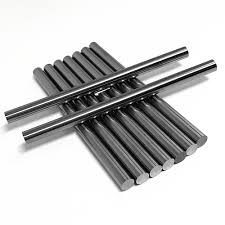
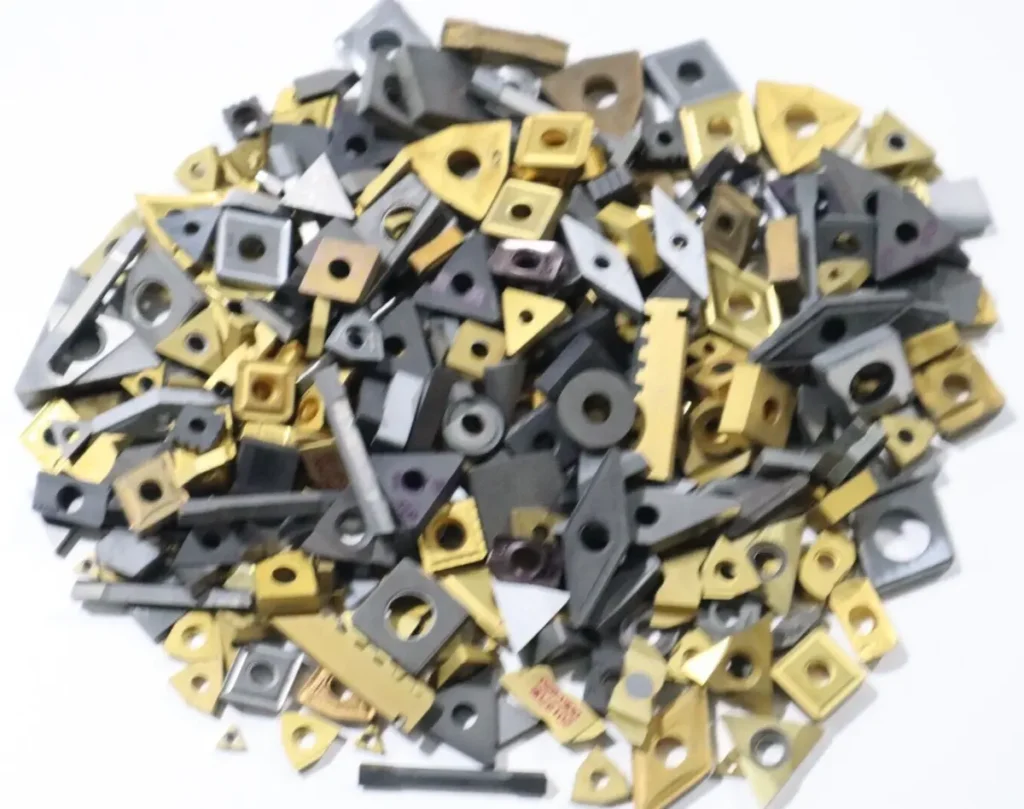

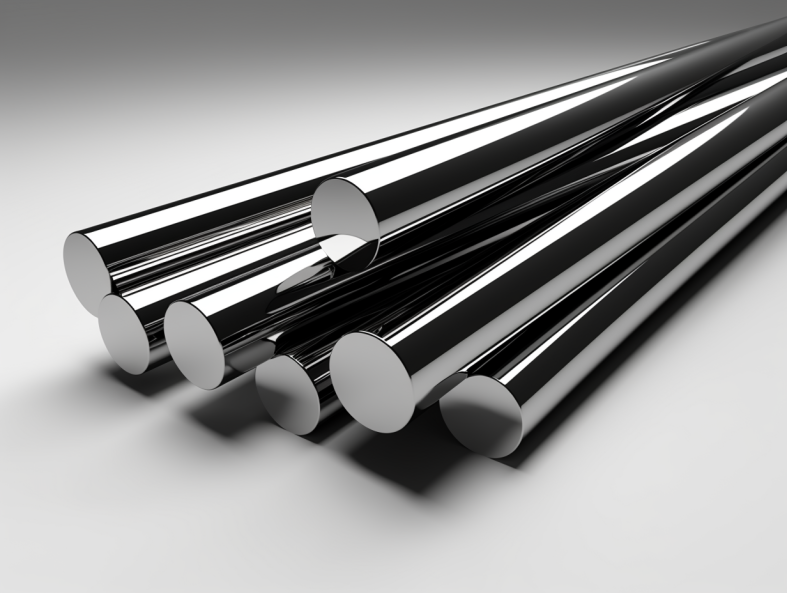

Material Properties of Carbide Rods
The quality of carbide rods is evaluated based on properties like hardness, strength, and wear resistance.
| Property | Range | Significance |
|---|---|---|
| Hardness (HRA) | 85-92 | Determines cutting ability |
| Transverse Strength | 2000-4000 MPa | Measures toughness |
| Wear Resistance | High | Ensures long tool life |
| Density | 14.0-15.5 g/cm³ | Affects weight and usability |
Specifications, Sizes, Shapes, and Standards
Carbide rods come in a wide range of specifications to suit different applications.
| Specification | Details |
|---|---|
| Length | 50-330 mm |
| Diameter | 3-40 mm |
| Shape | Round, rectangular, square |
| Standards | ISO, ASTM, GB |
Suppliers and Pricing Details
Finding reliable suppliers ensures cost-effective carbide rod procurement.
| Supplier | Pricing Range (per kg) | Delivery Options |
|---|---|---|
| Sandvik | $50-$150 | Worldwide |
| Kennametal | $60-$180 | Bulk discounts |
| Zhuzhou Cemented Carbide | $40-$120 | Customization |
Advantages and Limitations of Carbide Rods
| Advantages | Limitations |
|---|---|
| Exceptional hardness | Expensive raw materials |
| High wear resistance | Difficult to machine |
| Superior thermal stability | Limited flexibility |
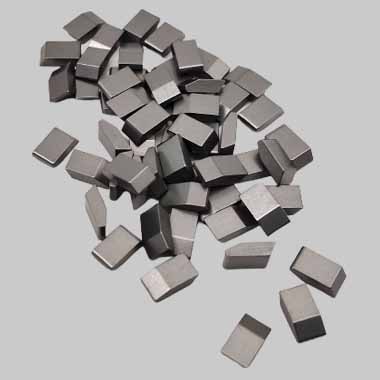
Selecting the Right Carbide Rod
When choosing carbide rods, consider these factors:
| Criteria | Key Considerations |
|---|---|
| Application Type | Aerospace, manufacturing, etc. |
| Material Composition | High WC content for durability |
| Price Range | Balancing cost and performance |
FAQs
| Question | Answer |
|---|---|
| Why are carbide rods expensive? | Due to costly raw materials and precision manufacturing |
| Which industries use carbide rods most? | Aerospace, automotive, electronics, manufacturing |
| How do I choose the best carbide rod supplier? | Consider pricing, quality standards, and delivery options |
| Can I customize carbide rod specifications? | Yes, many suppliers offer tailored solutions |
By understanding these factors and comparing options effectively, you’ll be better equipped to navigate the market for carbide rods. Ready to invest in high-quality carbide rods for your next project.




